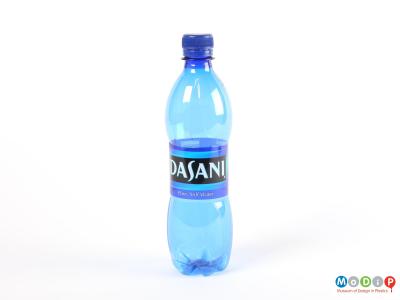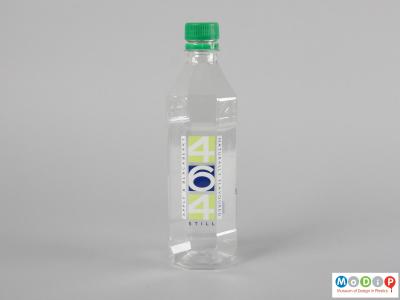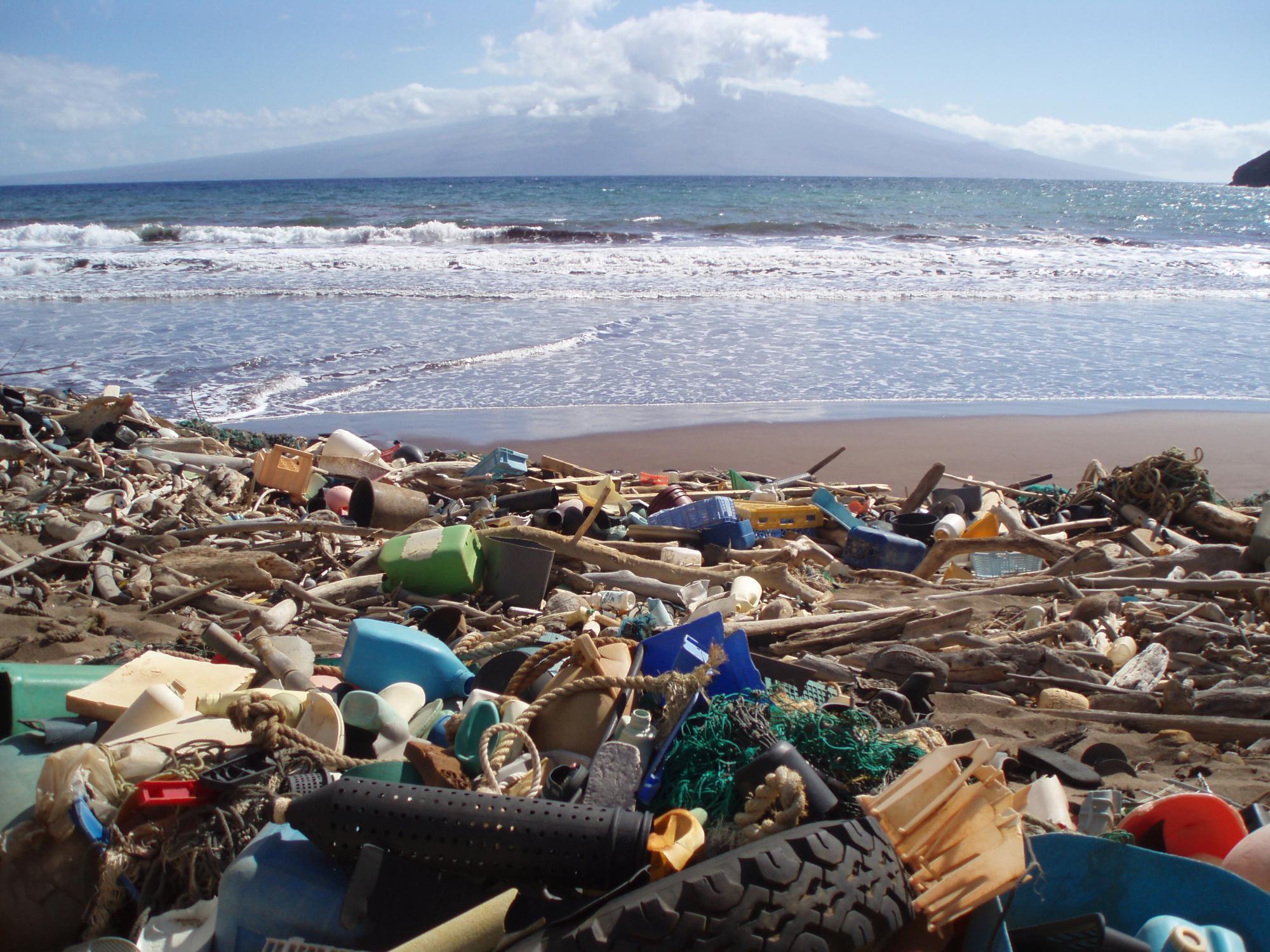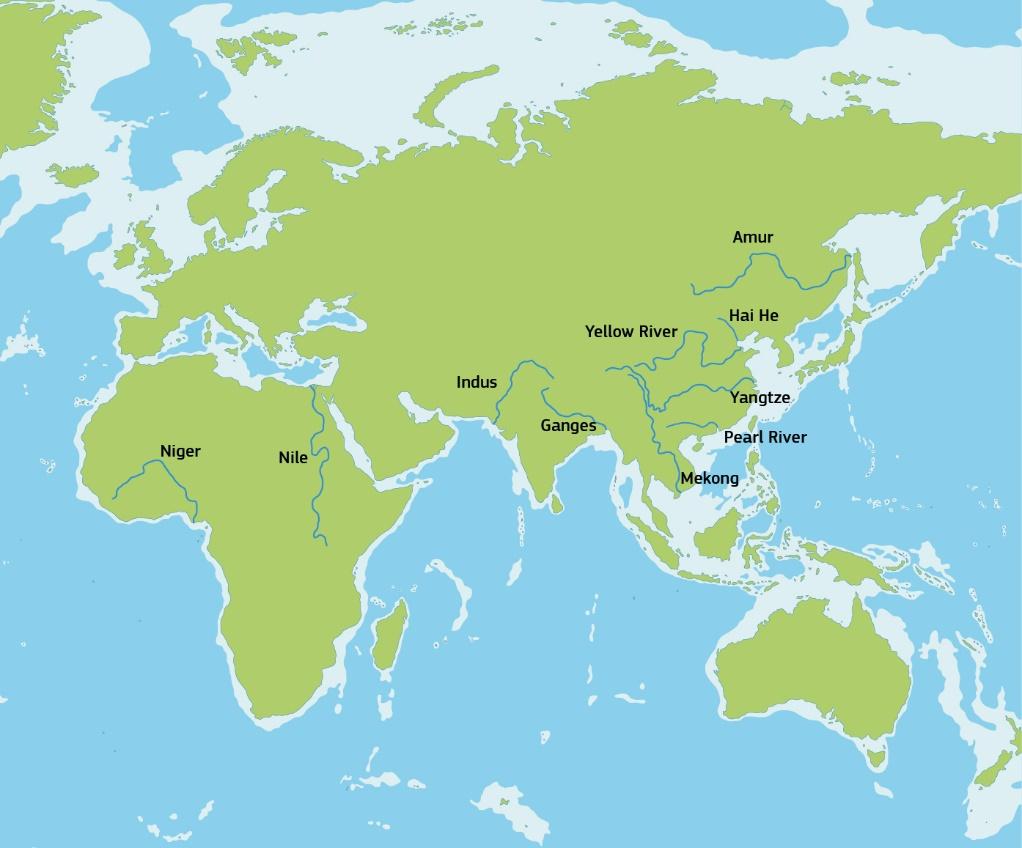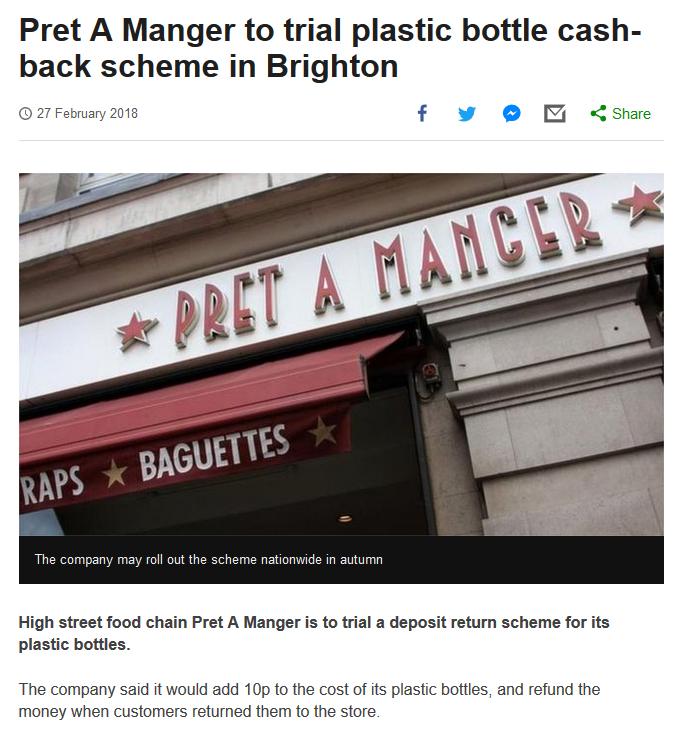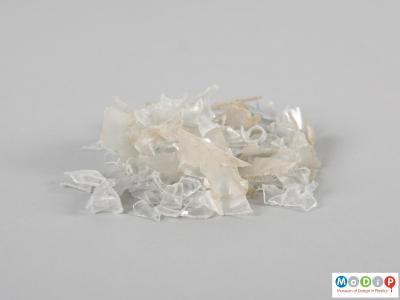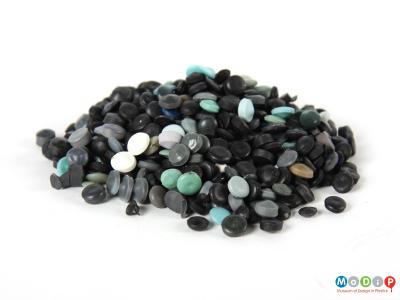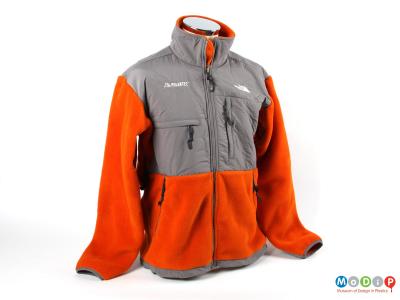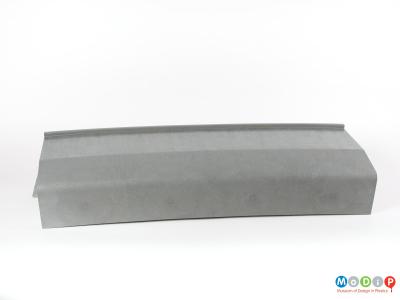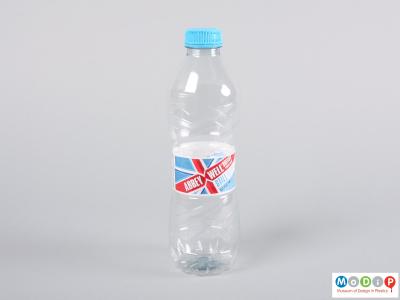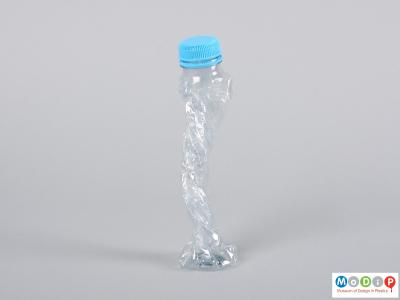One object that has a significant amount of negative publicity is the single-use PET water bottle.
By exploring the history, useful life, and after life of this product it will become apparent that society, as a whole, should be placing more value on plastics materials to prevent scenes like those in the image below.
NOAA Marine Debris Program – US Department of Commerce National Oceanic and Atmospheric Administration, ‘What Is a Catcher Beach?’ https://oceanservice.noaa.gov/facts/catcher-beach.html [accessed 20 February 2018].
The first bottled water in Britain came from the natural Malvern springs in 1851. At this time, the municipal water supplies were not always safe to drink, due to water borne illnesses like cholera and typhoid, so people sought out uncontaminated sources.[1]
Originally, bottles would have been glass and had cork bungs but PET bottles were introduced in 1973.[2] Plastic bottles are lightweight and unbreakable unlike glass, and they use less energy to be delivered than glass bottles; up to 40% less fuel is used to transport drinks in plastic bottles compared to equivalent glass bottles.[3]
Plastic water bottles are extremely convenient when they are holding our drinking water but inconvenient when they become waste and end up in the sea. How consumers dispose of their water bottles determines what happens to the bottle in its afterlife. The consumer has a number of choices:
- Drop the bottle as litter
- Throw the bottle in a waste bin
- Put it in a recycling bin
By dropping the bottle as litter there potential for it to end up in the environment. According to a recent study, around 90% of the plastics waste in the Oceans gets there via only 10 rivers worldwide.[4] These rivers are near highly populated areas.
European Commission, A European Strategy for Plastics in a Circular Economy, 2018 http://eur-lex.europa.eu/legal-content/EN/TXT/PDF/?uri=CELEX:52018SC001… [accessed 5 March 2018].
By putting the bottle in the refuse bin, it goes to landfill where it will slowly break down and release methane, a greenhouse gas. Not only is this bad for the environment but it is a waste of a valuable resource. Energy and materials have gone into making the bottle in the first place it seems a shame to waste them. To make a large 1 litre PET bottle takes 162g of oil and seven litres of water.[5]
By recycling the bottle, we are able to maintain useful resources in the circular economy. It takes 75% less energy to make a plastic bottle from recycled material compared to virgin materials.[6] We think that the circular economy is a new concept but Victor Papanek was writing about ‘Design for Disassembly’, where objects are designed in a way that they can then be taken-apart easily for re-use or recycling in 1995, that is over twenty years ago.[7]
Recycling has been discussed for many years but it is apparent that consumers are not engaging. According to Recycle Now people in the UK are only sending 58% of all plastic bottles to be recycled despite being accepted by 99% of local councils[8]. The recycling system can be confusing and differs from local authority to local authority. Companies and governments need to take more responsibility for the waste that is generated. A new model being trialled in Brighton by Pret a Manger offers a cash-back incentive for the return of plastic bottles.[9] The bottles will then be recycled.
‘Pret A Manger to Trial Plastic Bottle Cash-Back Scheme in Brighton’, BBC News http://www.bbc.co.uk/news/uk-england-sussex-43214000 [accessed 5 March 2018].
To recycle a bottle it needs to be turned back into a useable material by being broken down into chips (1) and then melted into pellets (2) so that it can be managed like a virgin material. This material can be used into a variety of new products. Such as a fleece (3); an adult’s fleece can make use of 25 plastic bottles. This particular jacket was made in 2009. It is made of 87% recycled content made up of 20% post-consumer recycling (PCR), mainly PET bottles, and 80% post-industrial recycling (PIR), mainly yarn scraps. Each jacket, compared with those made with virgin polyester, saves the equivalent of 33 lbs of CO2 and 0.83 gallons of petrol per jacket. Or it could be used to make a kerbstone (4); Each of these Durakerbs uses 182 plastic bottles and unlike the stone equivalent, which needs machinery to manoeuvre it, can be lifted by an individual. Making the laying of them quicker, cheaper, and more environmentally friendly.
Designers and manufacturers are finding ways to use less material and make it easier recycle bottles. For example: Working alongside Coca-Cola European Partners, the designers Kinneir Dufort created this ‘twist’ bottle for the Abbey Well Spring Water range. It is 100% recyclable and contains 28% less plastic than the previous design. It therefore requires less energy to make, transport, and recycle.
The design of the bottle encompasses a subtle inclusion of structural ribs in an ‘Arrow’ design, reflecting the globally recognised recycling logo and guiding consumers on twisting the bottle after use to encourage recycling. When you have finished with it, you can twist it to a fraction of its size. It therefore takes up less space in the recycling bin.
[1] European Federation of Bottled Waters, ‘History of Bottled Water’ http://www.efbw.eu/index.php?id=39 [accessed 5 March 2018].
[2] British Plastics Federation, ‘A History of Plastics’ http://www.bpf.co.uk/plastipedia/plastics_history/default.aspx [accessed 5 March 2018].
[3] Recyle More, ‘Top Facts’ https://www.recycle-more.co.uk/household-zone/top-facts [accessed 5 March 2018].
[4] Christian Schmidt, Tobias Krauth and Stephan Wagner, ‘Export of Plastic Debris by Rivers into the Sea’, Environmental Science & Technology, 51.21 (2017), 12246–53 https://doi.org/10.1021/acs.est.7b02368.
[5] Envionmental Technology Centre - The University of Nottingham, ‘Bottled Water - the Facts’ https://www.nottingham.ac.uk/etc/news-water.php [accessed 5 March 2018].
[6] Peter Maddox, ‘Plastic: Friend or Foe? WRAP UK’, 2017 http://www.wrap.org.uk/cy/node/77197 [accessed 20 February 2018].
[7] Victor Papanek, The Green Imperative: Ecology and Ethics in Design and Architecture (London: Thames and Hudson, 1995). 58-59
[8] Recycle Now, ‘Plastic Planet’ https://www.recyclenow.com/plastic-planet [accessed 20 February 2018].
[9] ‘Pret A Manger to Trial Plastic Bottle Cash-Back Scheme in Brighton’, BBC News http://www.bbc.co.uk/news/uk-england-sussex-43214000 [accessed 5 March 2018].


